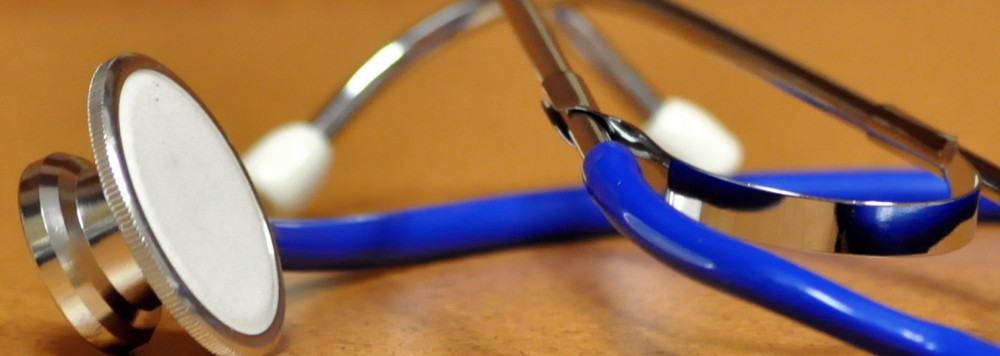This week I had a student with a client who had not eaten in over 10 days, his only nutrient intake was through IV D5W and he had been decompressed by NG tube for the majority of the time. The Docs were considering putting him on TPN and sending him home with HC Nurses and dieticians overseeing the TPN. Instead they trialed him on oral intake with Boost which he was taking very slowly and seemed to be tolerating well.
I suggested the student research re-feeding syndrome so that she could better understand it and the negative impact it can have on a person who has been malnourished for an extended period of time. Yesterday she was diligently trying to read an article on re-feeding syndrome so that she could better understand this phenomenon but was having trouble weeding through all of the information. The student wanted to describe the syndrome as a type of ‘shock’ to the system…. however I was not too keen on using that term as the actual syndrome is not considered part of the ‘shock’ syndromes but with the electrolyte imbalances and fluid shifts it could lead to Hypovolemic shock, or dysrythmias, resulting in Cardiogenic shock. She asked me if I could explain it to her in simplified terms……
And that’s when I realized that I could not…. in fact I too struggled with explaining all of the intricate processes that were involved in the compensatory mechanisms that came into play when a person was heading into the state of malnourishment and then trying to describe the effects of trying to re-feed that person and reverse all of the compensatory mechanisms in a slow and deliberate manner. I kept saying, it’s all chemistry, and I tried to draw a picture of a cell and talk about concentration gradients, solutes and solvents, nitrogen balance, electrolyte balance…… and as I did I found myself getting more befuddled along with the student…..
And then of course as I sometimes do I found myself heading off on a tangent about dumping syndrome and electrolyte balance etc…. and that muddied the waters even further!
So now I had opened two of Pandora’s boxes…. how to explain re-feeding syndrome AND how to explain dumping syndrome….
So Now I am going to try and do my best to better understand re-feeding syndrome so that I can better explain it.
I will be trying to create a flow chart or a bullet point by point explanation for now I will post a couple of great you-tube videos that describe the syndrome fairly well and provide information on how to reduce the occurrence of this syndrome along with some nursing assessments and interventions when caring for the client as risk of re-feeding syndrome.
